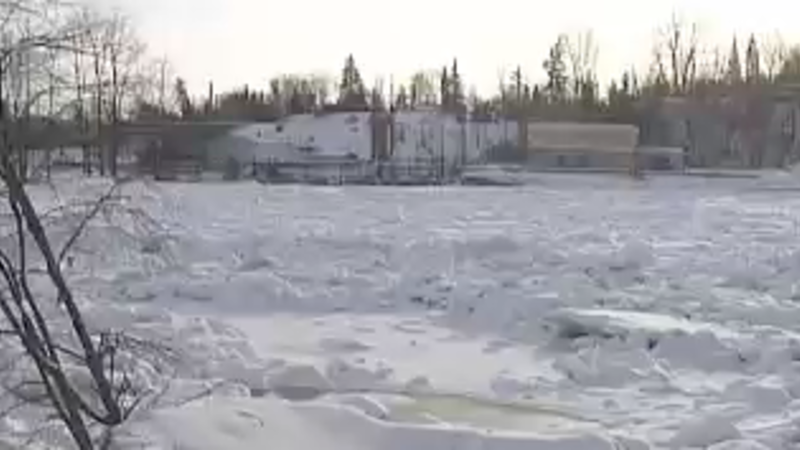
Floodplain mapping underway locally
PRINCE GEORGE – It seems forever ago that a massive ice jam on the Nechako River in 2007. That river and the Fraser River are prone to annual flooding. It’s part of the reason the Fraser Basin Council is conducting floodplain mapping.
The intent of the project is to collect information for use by all kinds of organizations.
“The maps can be used in a variety of ways,” explains Steve Litke with the Fraser Basin Council. “Most commonly, they’ll be used to inform land use, planning and development, regular actions. They’ll also be quite informative for emergency planning and emergency response by having a better sense of different flood levels under different scenarios and which populations and buildings and infrastructure and assets might be at risk or exposed to those flood hazards.”
